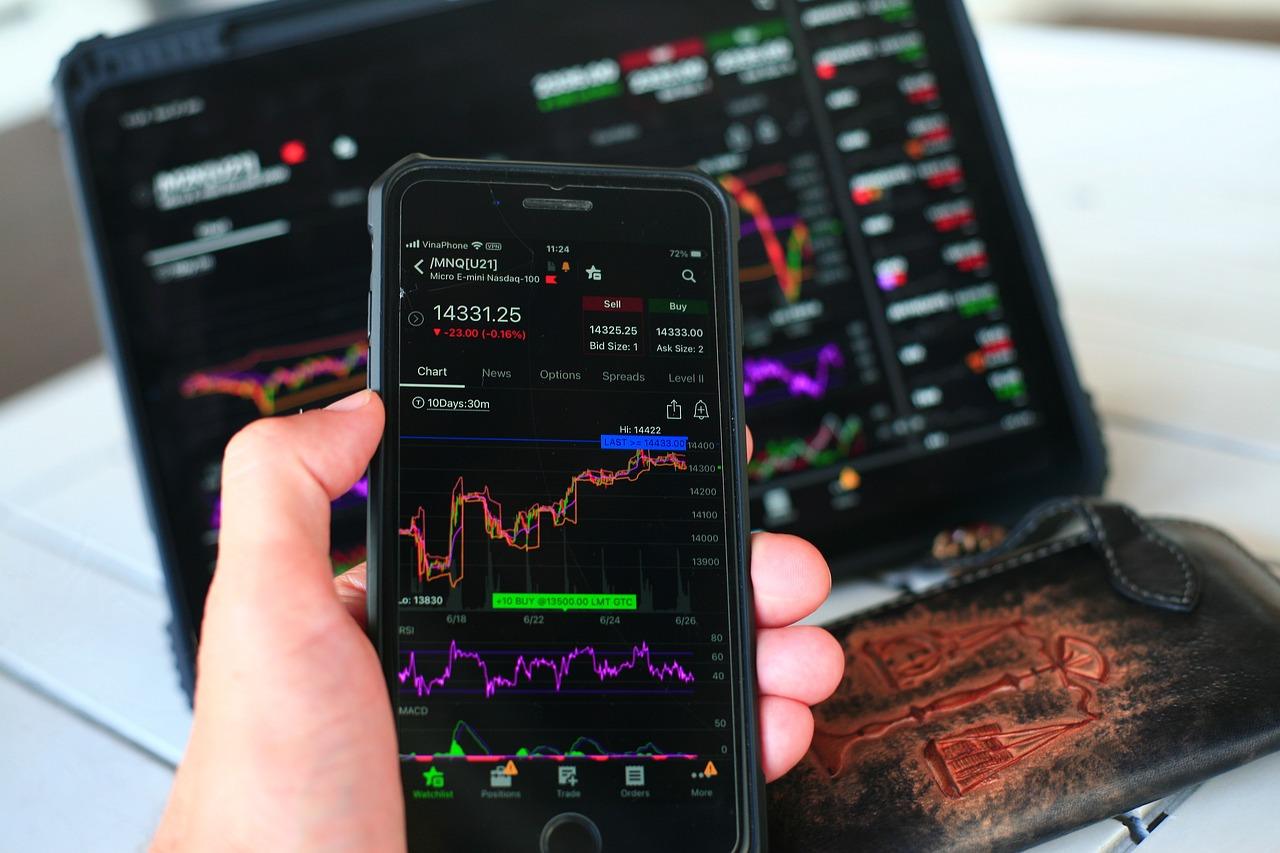
Breakout vs. Fakeout – How to Trade Strong Moves Without Getting Trapped
You’ve seen it happen before.
A key level breaks.
Volume spikes.
Traders pile in.
And then… the price slams back in the opposite direction.
What looked like a breakout turns into a fakeout – and you’re caught on the wrong side.
This blog is about how to tell the difference between a real breakout and a trap.
The Psychology Behind Breakouts
Markets move in cycles: consolidation, expansion, correction.
Breakouts are often seen as the “green light” for trend continuation. But they’re also one of the most manipulated setups — especially in forex, crypto, and gold.
Why?
Because smart money knows that most traders:
-
Enter too early
-
Don’t wait for confirmation
-
Place tight stops near obvious levels
That makes breakouts a perfect place to grab liquidity before reversing.
Breakout vs. Fakeout: What’s the Difference?
Let’s define both.
-
Breakout: Price closes beyond a key level and sustains the move with volume and follow-through.
-
Fakeout: Price briefly breaks a level, triggers entries/stops, then sharply reverses.
Key elements that separate the two:
| Criteria | Real Breakout | Fakeout |
|---|---|---|
| Volume | Strong and increasing | Low or sudden spike only |
| Candle structure | Large bodies, strong closes | Wicks, indecision, rejection candles |
| Retest behavior | Retests hold as support/resist | Retests fail or slice through |
| Momentum | Clear follow-through | Reverses quickly |
Tools to Filter Breakouts
Before jumping into a trade, use these filters:
-
📈 Volume Spike – Is there real commitment? Volume confirms intent.
-
🕯️ Candle Confirmation – Wait for candle close beyond the level, not just a wick.
-
🧭 Context – Are we in a trending market or choppy range? Fakeouts thrive in sideways zones.
-
🧱 Retest Strategy – Enter on retest confirmation instead of the initial break.
-
🔔 Alerts, not emotions – Set TradingView alerts (available directly in the Y4Trade platform) and remove impulse entries.
Common Breakout Traps (and How to Avoid Them)
🔻 News Breakout Trap
Break occurs during major news → liquidity hunt → full reversal.
➡️ Wait 15–30 mins after major news to trade the move.
🔻 Asia Session False Break
Low liquidity breakout in the Asian session often fails.
➡️ Favor breakouts during London or NY sessions for higher probability.
🔻 Double Top/Bottom Break Trap
Classic pattern breaks neckline → reverses.
➡️ Use RSI/divergence or wait for volume confirmation before entry.
Example from the Y4Trade Platform
Imagine EUR/USD consolidates near 1.0900 for 3 days. You mark the range.
Suddenly during NY open, the price breaks 1.0905 with a large green candle + rising volume. It closes above, then pulls back to 1.0900 and bounces.
✅ Volume supports the move
✅ Structure confirms breakout
✅ Retest holds as support
This is a textbook breakout — not a fakeout.
Enter on the retest. SL below the low of the breakout candle. Target the next key resistance.
Breakout Strategy Tips
-
Trade breakouts in the direction of the trend for higher success rate
-
Use higher timeframes to define levels; enter on lower ones (e.g. 1H break, 15min confirmation)
-
Always define SL before the trade – breakout failure can reverse violently
-
Combine with indicators (MACD cross, Bollinger squeeze, Volume profile)
From Trap to Opportunity
Even fakeouts offer trades — just on the opposite side.
-
Missed a fake breakout?
-
Price rejected hard with a wick and reversed?
👉 That rejection candle is your entry signal – trade the reversal with a tight SL.
Fakeouts expose where the market is wrong — and that’s where opportunity lies.
Final Thoughts
Breakouts are powerful – but only when traded with structure and patience.
“Don’t chase the first move. Wait for the second chance – that’s where the edge lives.”
With Y4Trade’s platform and TradingView charts, you can track levels, use alerts, and manage entries all in one place.
Combine it with discipline and you’re no longer guessing — you’re executing.



